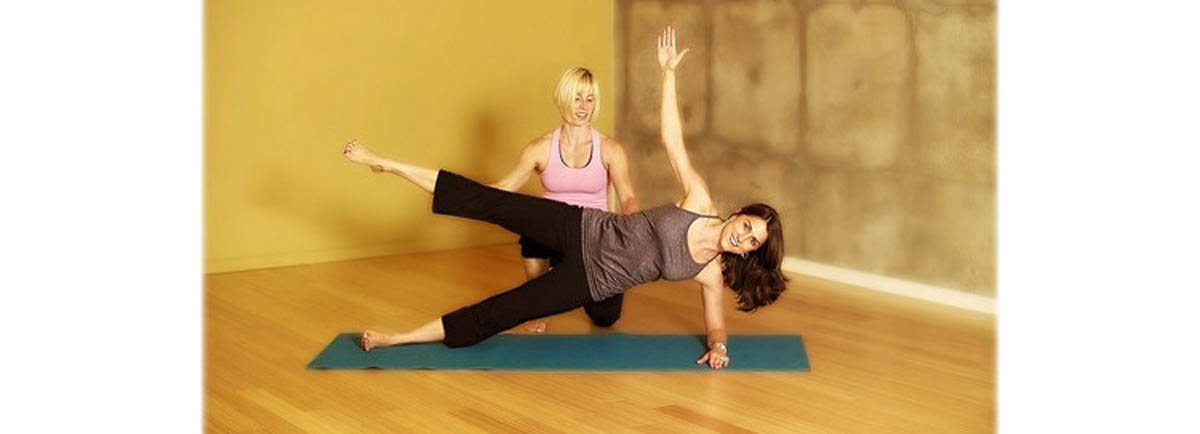Table of Contents
Pick up the latest women’s fitness magazine, and turn to the workout section, and you’ll likely see the same thing over and over again every month. The exercises might change slightly here and there, but one thing is constant – the rep ranges.

You might not think rep ranges matter that much, as it would appear that the exercises you do, how often you train, how much cardio you perform and what your diet is like matter far more than whether you do nine or ten reps per set.
In a way you’re right, because all of these other factors are indeed massively important, but rep ranges are one variable that is so easy to change, yet illicit a huge boost in performance and results.
The main issue is though, that the industry as a whole tends to be stuck in its ways. We seem unable to break away from the notion that you have to do a certain number of sets and reps to achieve your goal. Typically, we’re advised to do four sets of eight to 12 reps for muscle growth, and three sets of 15 to 20 reps for weight loss.
This however, is one of the biggest fallacies in the training world – the notion that one rep range is any more beneficial for burning fat than another.
Take a look at the following table showing the rep range and weights needed to achieve certain goals
Goal Reps Weight (Percentage of 1-Rep Maximum)
Maximum Strength 1-3 85-100
Strength 4-6 75-85
Muscle Growth 8-12 60-75
Muscular Endurance 15+ <60
Not once do the guidelines mention anything about rep ranges for fat loss, because a fat loss rep range simply doesn’t exist.
There is the old myth that light weights performed for a higher number of repetitions are more effective for burning fat and toning, but this is false, has long been proven to be false, and fortunately is gradually being disregarded more and more. If anything, this type of training is worse for fat loss. By training heavy, you preserve muscle mass, which boosts your metabolism, leading to greater fat loss (though not necessarily also weight loss, as such, because muscle weights way more than fat does — so keep an eye on your waistline, not the scale). Light training may cause excess fatigue while not fully stimulating all your muscle fibers, causing muscle loss and potentially impeding your fat loss progress.
Burning fat is far more about the intensity you train at, rather than how many reps you do, or even to an extent, how much weight you use.
To beat boredom, avoid gym drudgery and escape the dreaded weight loss plateau, you need a female-specific routine with several different rep ranges to increase training intensity, get you working even harder, burning more calories and waging a war on body fat.
- “Five Set and Rep Variations You’ve Probably Never Tried, By Julia Ladewski, Published on June 18th, 2012, Accessed on November 20th, 2012, Retrieved from http://julialadewski.com/2012/06/five-set-and-rep-variations-youve
- Photo courtesy of drjimiglide on Flickr: www.flickr.com/photos/drjimiglide/2496216440
- Photo courtesy of theloushe on Flickr: www.flickr.com/photos/theloushe/4532657534


Your thoughts on this